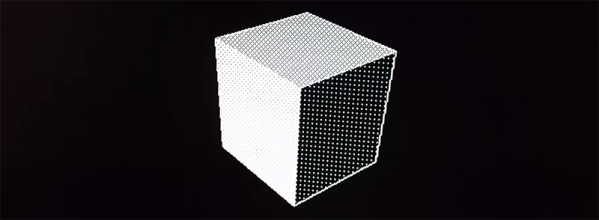Demos, the demoscene, and all the other offshoots of computer arts had their beginning as intros for cracked Apple II, Speccy, and Commodore 64 games. Give it a few years, and these simple splash screens would evolve into a technological audio-visual experience. This is the birth of the demoscene, where groups of programmers would compete to create the best demonstration of computer graphics and audio.
For one reason or another, this demoscene was mostly confined to Europe; even today, 30 years after the Commodore 64, the North American demoscene is just a fraction of the size of the European scene. A very cool guy named [Arko] would like to change that, and to that end he built the LayerOne Demoscene Board.
If there is a problem with the modern demo scene, it’s that the hardware that’s usually used – C64s, Ataris, Spectrums, and Amigas – are old, somewhat rare, and dying. There’s also the fact that artists have been working on these old machines for decades now, and every single ounce of processing power and software trickery has been squeezed out of these CPUs. [Arko]’s board is a ground-up redesign of what a board that plays demos should be. There’s only one chip on the board – a PIC24F with three graphics acceleration units, color lookup tables, and the ability to output 16-bit VGA video up to 640×480 with 8-bit audio.
The first official competition with the LayerOne Demoscene Board will be at the 2015 LayerOne conference in Monrovia, CA on May 23. There are a few categories, including 4k and 64k JavaScript, Raspberry Pi, the LayerOne board, and a ‘Wild’ category. If you want to take a processor out of a toaster and make a demo, this is the category you’ll be entering. Of course Hackaday will be there, and we’ll be recording all the demos.
Below are a few examples of what the LayerOne Demoscene board can do, and you can also see a talk [Arko] gave at the Hackaday 10th anniversary party here. You can buy the Layerone Demoscene Board on the Hackaday Store
Continue reading “Revive The Demoscene With A LayerOne Demoscene Board” →

















